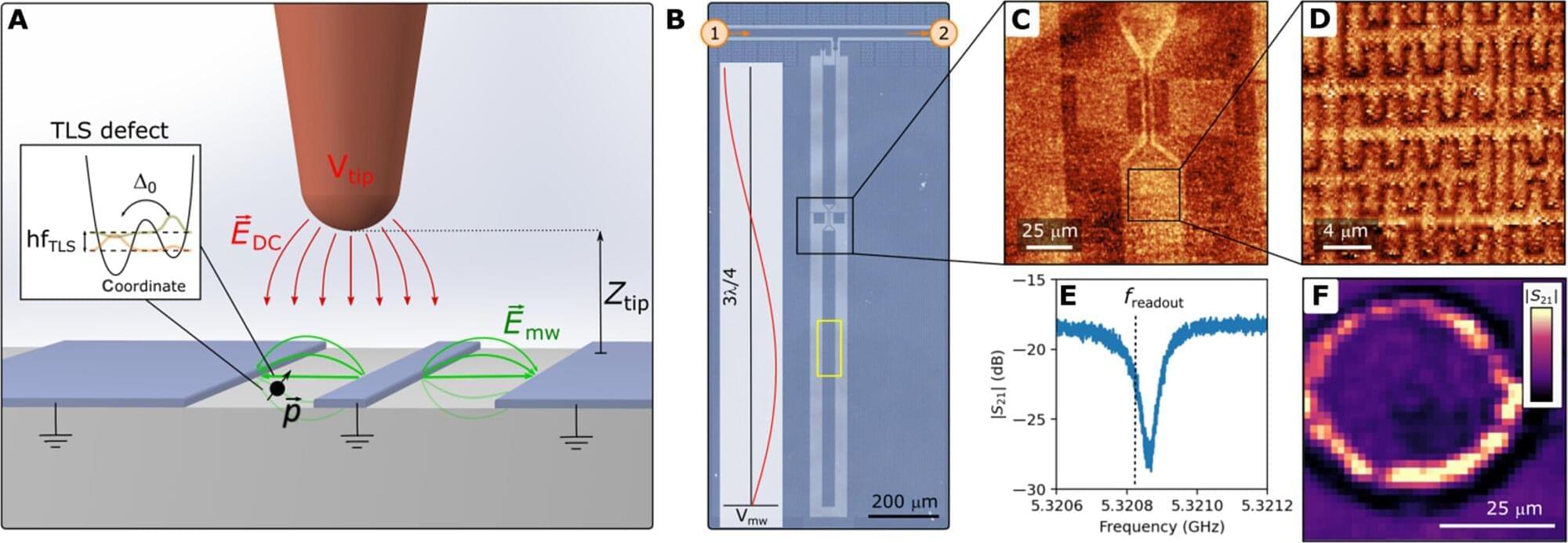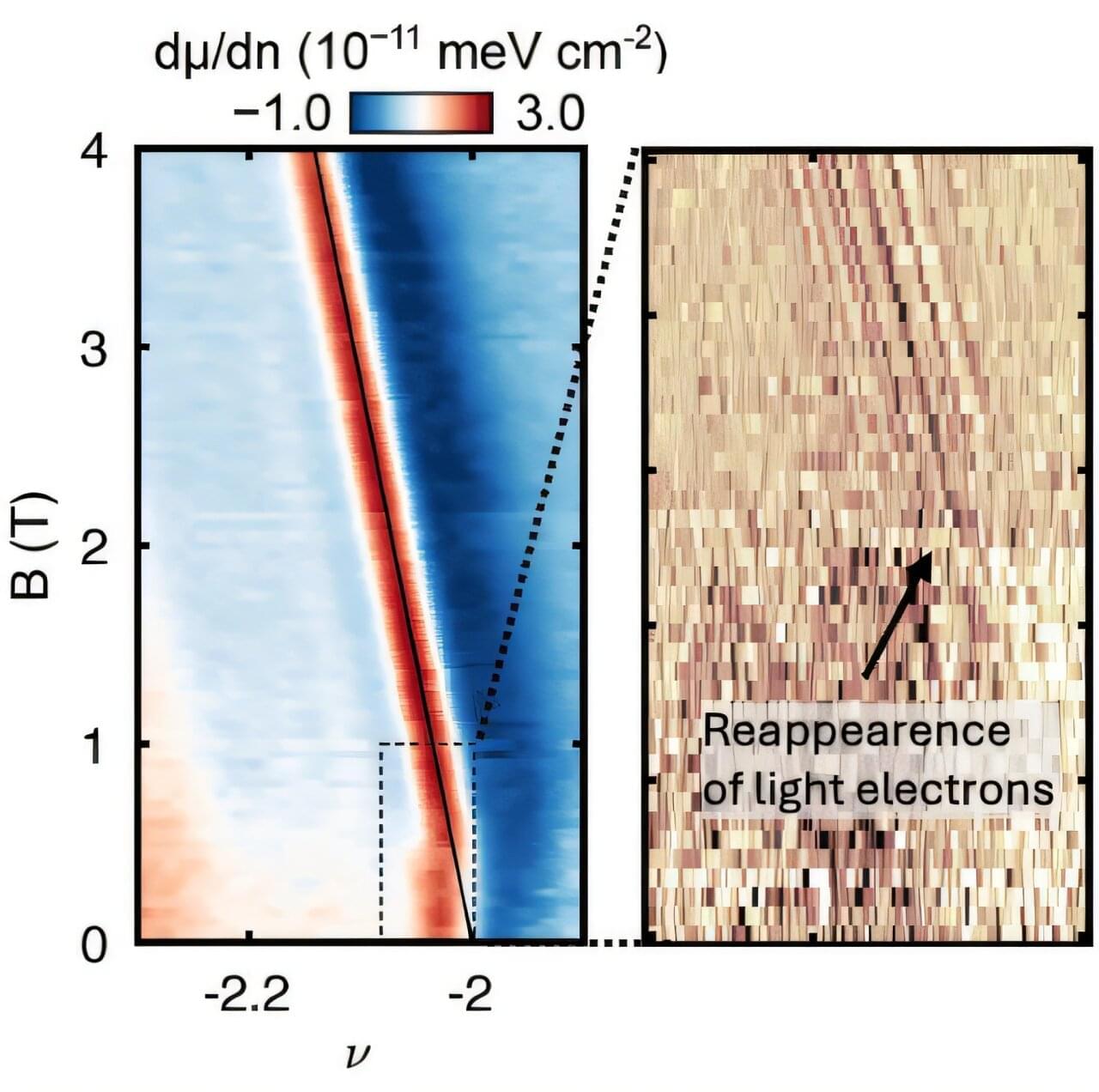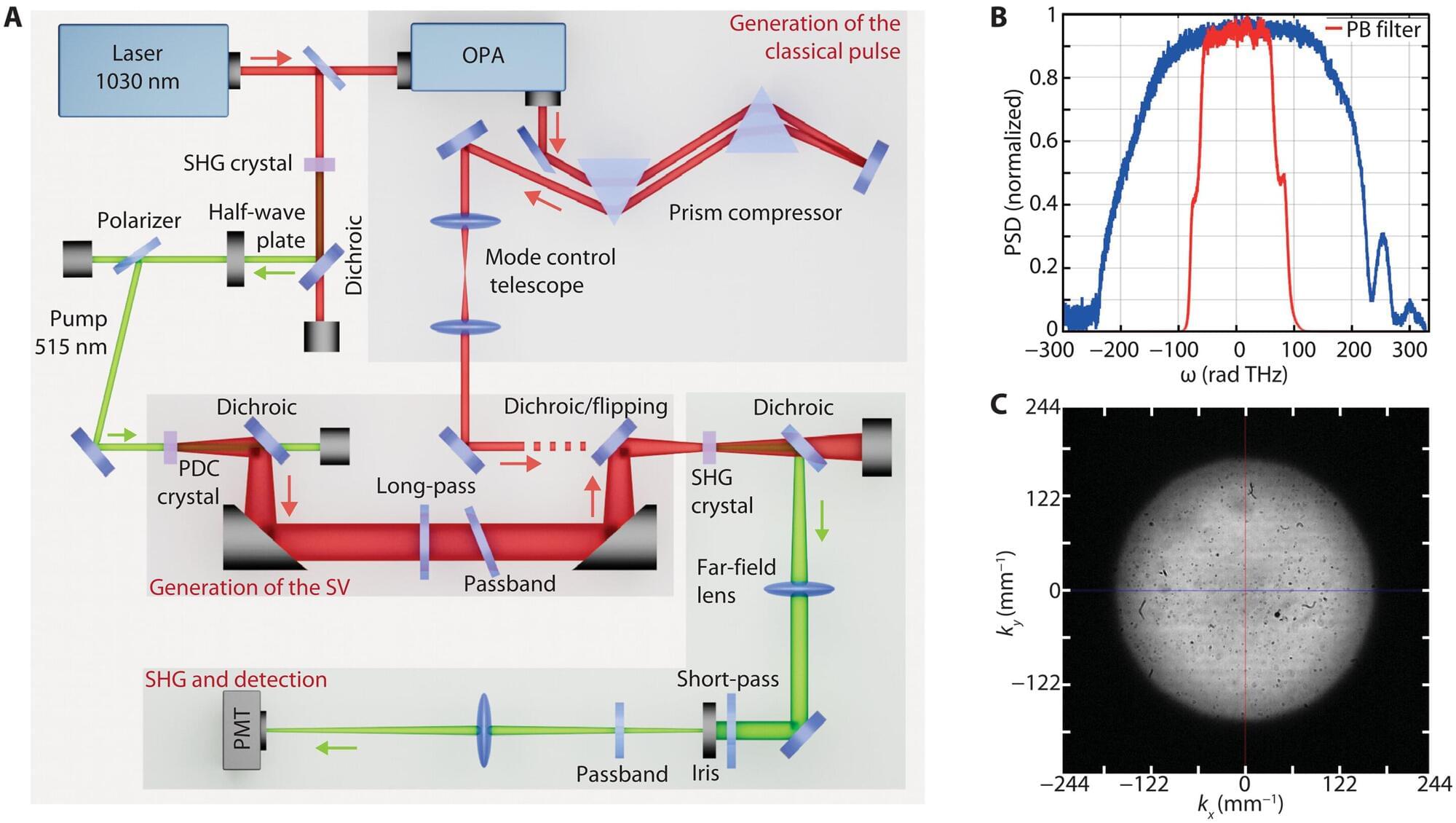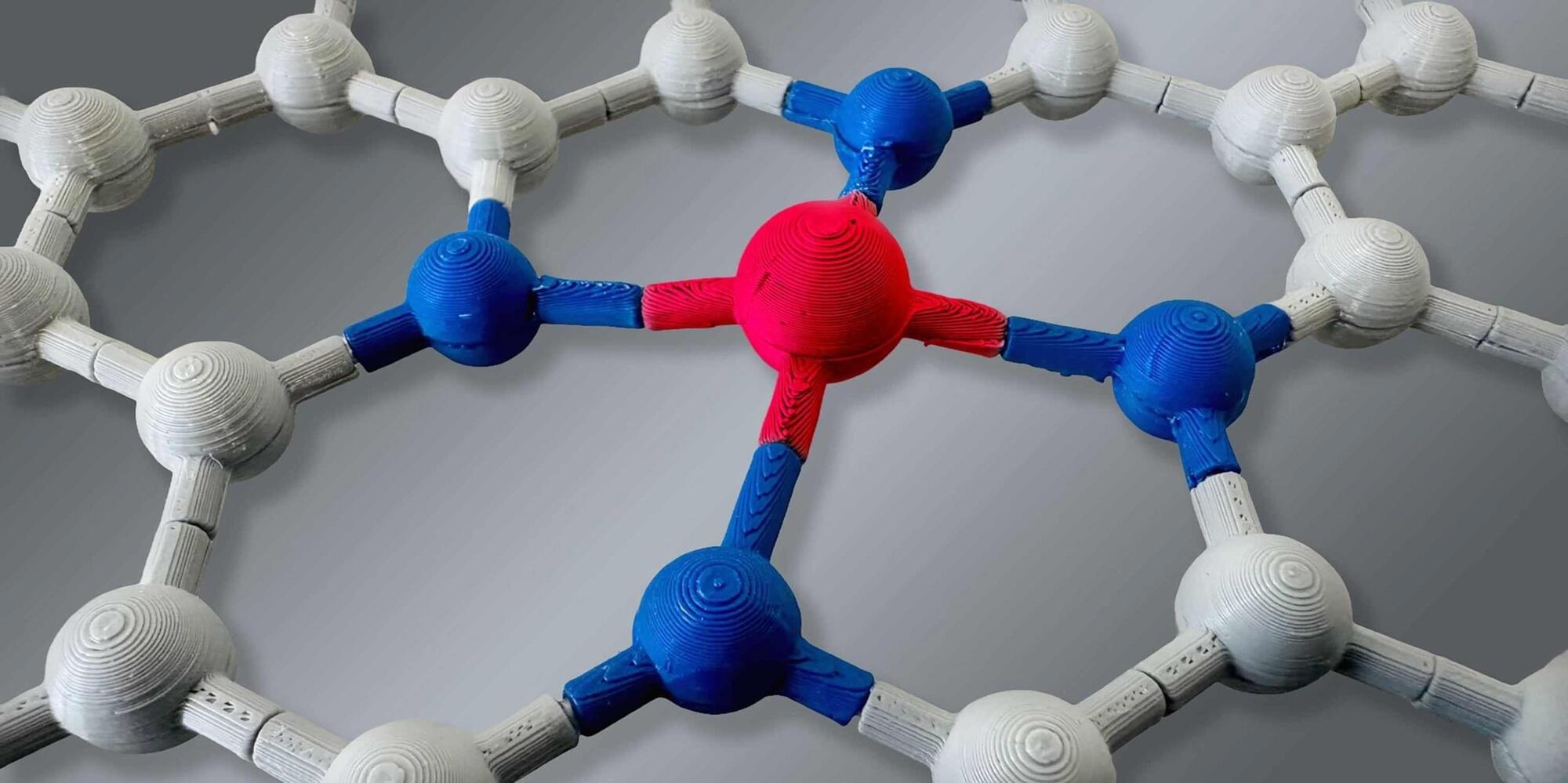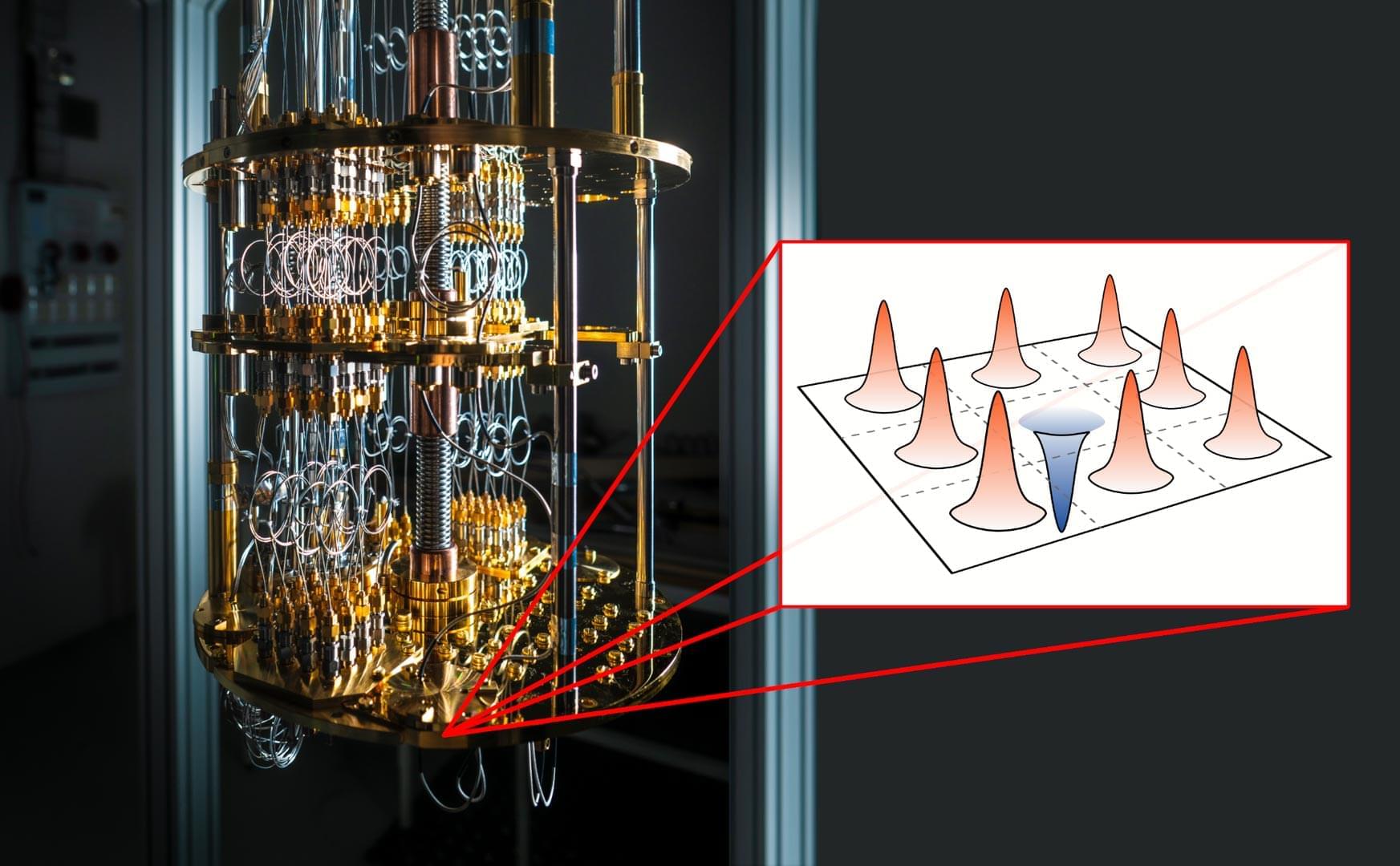Electrons play many roles in solid materials. When they are weakly bound and able to travel—i.e., mobile—they can enable electrical conduction. When they are bound, or “heavy,” they can act as insulators. However, in certain solid materials, this behavior can be markedly different, raising questions about how these different types of electrons interact.
In a study just published in Nature Physics, researchers working with Professor of Physics and Applied Physics Amir Yacoby at Harvard examined the interplay between both types of electrons in this material, shedding new light on how they may help form novel quantum states.
“Before our work, people could only ask ‘What is the overall ground state?’” said Andrew T. Pierce, one of the paper’s lead authors. Pierce, currently a fellow at Cornell University, was a graduate student in Yacoby’s lab when they began to study this question. What wasn’t clear was the true nature of these different states and how the separate light and heavy electrons joined forces to form them.
